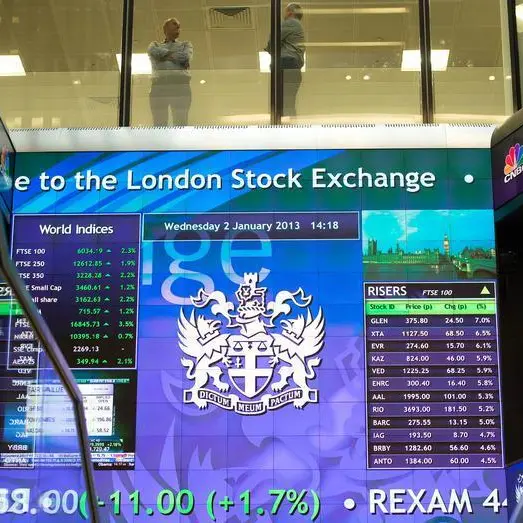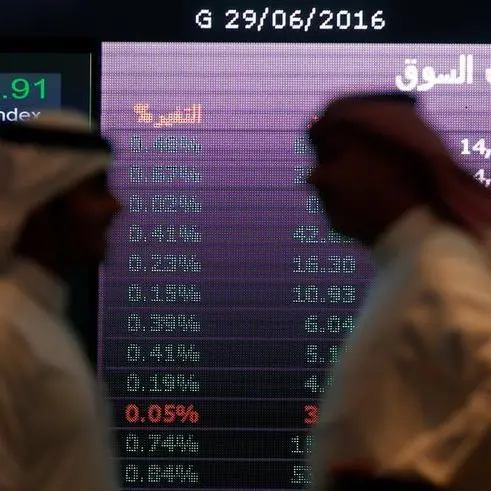PHOTO
LONDON, (Reuters Breakingviews) - Old investment rules may not work so well in the present, let alone the future. Allocating 60% to equities and 40% to fixed income used to count as a balanced choice in the world of money managers. That is less and less true in a world of low bond yields.
The idea behind this traditional 60-40 split, which hails from Harry Markowitz’s modern portfolio theory in the 1950s, was that fixed-income assets with lower but more reliable returns would mitigate any setbacks in stocks. When the economy slows, the price of the former tends to rise while the latter usually falls. This principle is coming unstuck because ultra-loose monetary policy has depressed bond yields, some into negative territory. About $12.5 trillion of bonds, including corporate debt, yield less than zero.
Lower yields make investors increasingly reliant on further increases in bond prices to earn a positive return on debt. That is far from guaranteed, as a rebound in bond yields in October showed. The yield on 10-year German government bonds, for example, rose from as low as minus 0.6% to minus 0.41% over the course of the month. Fixed-income holdings therefore offer a dwindling cushion against any potential losses in equities.
For example, Morgan Stanley analysts estimate that 10-year U.S. Treasury yields, which are currently around 1.8%, would have to fall to nearly zero, while comparable German bonds would have to tumble to nearly minus 2% to offset a 10% drop in stocks in a 60-40 portfolio. What’s more, low yields, along with low growth expectations, will limit how much money can be made by investing in this sort of portfolio. The bank estimates that investing in U.S. stocks and bonds in these proportions will generate returns of 4.1% per year over the next decade, half the average performance over the last 20 years. That makes it increasingly difficult for pension funds to cover their liabilities, or money managers to earn their fees.
Investors can try to diversify by seeking out other assets which tend not to move in lockstep with stocks, like infrastructure projects or real estate. But these markets are relatively illiquid and may seize up if a lot of people head for the exit at the same time. The old precepts have yet to be replaced by workable new ones.
CONTEXT NEWS
- The benchmark U.S. 10-year Treasury note was yielding 1.8% on Nov. 19. That compares with this year’s low of 1.43%, which was hit on Sept. 3.
- The S&P 500 Index hit a new record intraday high of 3124.17 on Nov. 18 before closing at 3122.03.
(Editing by Neil Unmack and Karen Kwok)
© Reuters News 2019











